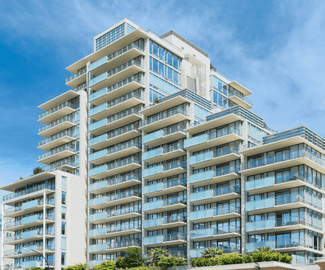Multifamily Investors Eye New Challenges After Banner Growth
And how long can renters pay for ever-increasing rents?

But according to the 2022 RCM Lightbox Investor Sentiment Report, multifamily had a year that shredded previous activity, and that’s after some recent years of record activity. Not only was the sales volume of $326.8 billion a record, but it nearly matched the $337.2 billion of 2019 and 2020 combined.
The coming 2022 has some positive features going for it.
“The multifamily sector is heading toward Q2 of 2022 with significant tailwinds given the continued shifts in housing formation and strong demand for rental properties, along with the shortfall in housing production,” the report notes. “Homebuilders are building to a higher price point and creating a greater delta between the pricing of single-family homes and apartment rents. This creates challenges for home buyers—and an ideal scenario for apartment owners to increase rents.”
However, in addition to those tailwinds are some headwinds: inflation, more hawkish Fed actions, and the ongoing supply chain mess. Inflation bites in everywhere, whether tenant pocketbooks or the cost of building supplies, with the construction producer price index for multifamily at 20.1% year over year.
Fed attempts to moderate inflation mean higher interest rates, so financing projects becomes more expensive, as does purchasing existing properties when factoring in costs of maintenance, repair, and potentially future value-add additions. Some respondents to the study mentioned how many properties had already seen partial renovations after transactions during the last 10 to 15 years, so basic unit interior improvements are no longer enough. “Today, elements of a value-add program likely include enhancing residents’ experience, technology updates, comprehensive unit interior upgrades and driving online awareness and reputation,” the report noted.
The mark-to-market abilities of the market could moderate some of that, with the report speculating on the continued rise of rents, with new construction also happening in high-growth areas like the Sun Belt and West.
However, the report doesn’t note that there is a point where many consumers can’t afford further rent increases, just as during the run-up to the 2008 financial crisis involved people trading up to bigger houses, as experts kept suggesting, even though their incomes didn’t keep pace. How long rent increases can continue without millions of consumers hitting a wall is unclear.
Source: GlobeSt.















 Accessibility
Accessibility